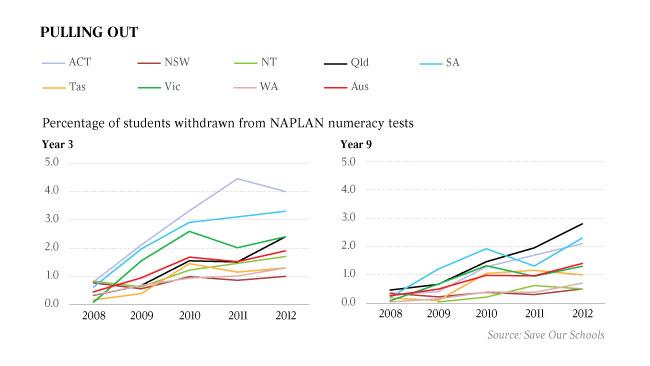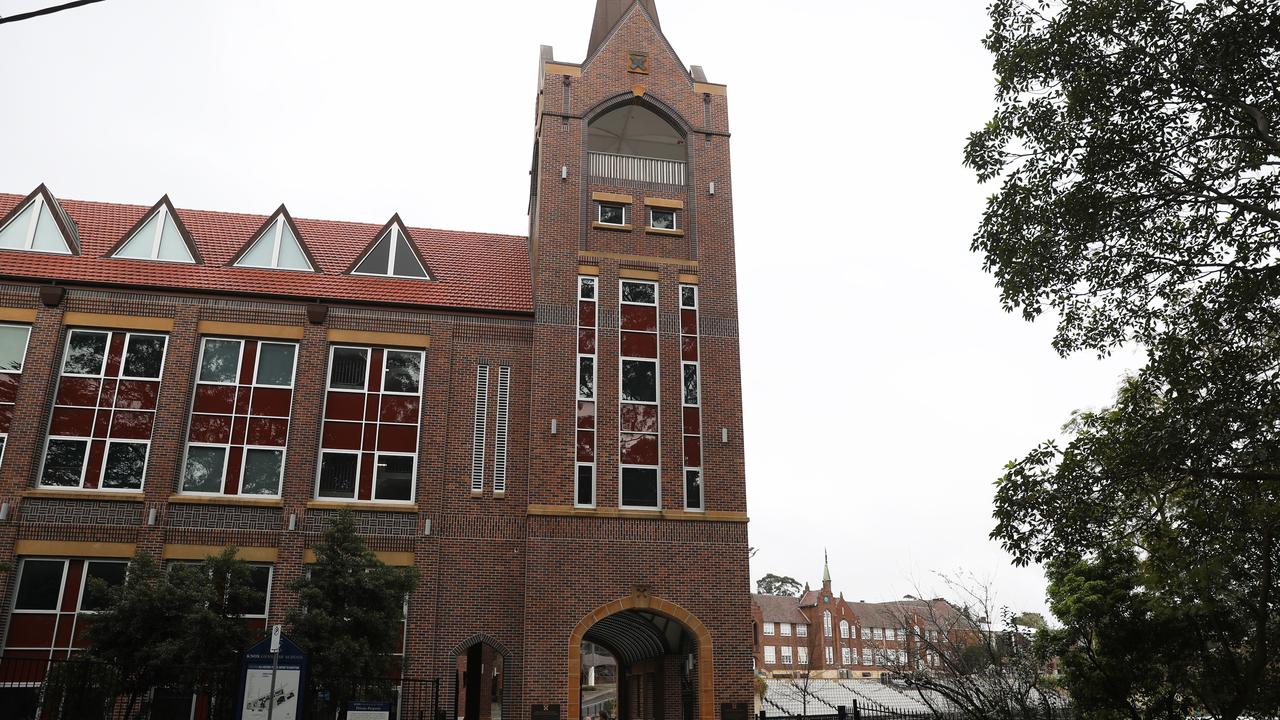More than 10,000 kids not sitting national tests
PARENTS are withdrawing their children from sitting the national literacy and numeracy tests at almost five times the rate as in 2008.

PARENTS are withdrawing their children from sitting the national literacy and numeracy tests at almost five times the rate as in 2008, when the tests began.
Analysis of the participation rates in the National Assessment Program - Literacy And Numeracy tests shows the proportion of students withdrawn has increased across all tests and all year levels tested, with the biggest rises in the ACT, Queensland, South Australia and Victoria. More than 10,000 students were withdrawn this year.
The analysis - conducted by economist Trevor Cobbold, who used to work for the Productivity Commission, and based on work by the Council of Australian Governments Reform Council - says the percentage of Year 3 students around the nation withdrawn from the numeracy test rose four-fold from 0.5 per cent to 1.9 per cent.
The proportion of Year 9 students withdrawn from the numeracy test increased almost five-fold, from 0.3 per cent to 1.4 per cent between 2008 and this year. Similar rates were recorded in the other tests.
About one million students in years 3, 5, 7 and 9 sit five NAPLAN tests every year, assessing their skills in reading, writing, spelling, grammar and punctuation and numeracy.
While the reason for the rise in withdrawals is unclear, anecdotal evidence has dogged NAPLAN of schools advising students with poor scores to stay home and even pressuring parents to formally withdraw their children so low-scoring students will not drag down the school's average.
Students with disabilities and poor English who have just arrived in Australia can be exempted, and count as scoring below standard. Absent students are missing from the results.
Withdrawn students are assigned a score by the Australian Curriculum Assessment and Reporting Authority, which runs NAPLAN, based on the individual's expected performance and family background, which has been found to be highly accurate. It suggests the rise in withdrawals could be a rise in the protest vote against NAPLAN and MySchool.
NSW has had the highest participation rate in NAPLAN since its inception, and vies each year for the top-scoring position with Victoria and the ACT, which have among the lowest participation rates.
The NSW government has long argued the low participation rates in Victoria and the ACT inflate their average scores.
But an expert in testing and assessment in the NSW Education Department who has been preparing the report for ministers says the scores imputed by ACARA for withdrawn students prevents jurisdictions from "gaming" the system and no evidence has been found to prove that manipulating participation rates affects average scores.
Mr Cobbold, convener of the public education lobby group Save Our Schools, said the rapid rise in withdrawals threatened the reliability of the NAPLAN results.
A spokesman for ACARA said the rate of withdrawals had slowed after a spike between 2008 and 2010.
School Education Minister Peter Garrett said it was not a pass/fail test and schools should not unduly pressure students.


